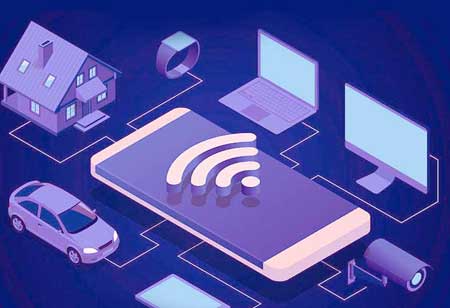THANK YOU FOR SUBSCRIBING
Ways Cognitive-enabled AI Apps Work Wonders for Enterprises
The rapid rise of cognitive computing has had a significant impact on business.

By
Apac CIOOutlook | Thursday, March 04, 2021
Stay ahead of the industry with exclusive feature stories on the top companies, expert insights and the latest news delivered straight to your inbox. Subscribe today.
Cognitive technology is made up of artificial intelligence, machine learning, and distributed algorithms that automatically add intelligence and drive user engagement and experience.
Fremont, CA: The rapid rise of cognitive computing has had a significant impact on business. To meet the changing business dynamics, enterprises must adopt smart apps that use cognitive technologies. In this article, we will look at some of the ways that enterprises can benefit from AI-powered apps that are integrated with cognitive technology.
Here are some major reasons for incorporating cognitive technology in some existing apps:
Integrating Intelligence in Applications
Cognitive technology is made up of artificial intelligence, machine learning, and distributed algorithms that automatically add intelligence and drive user engagement and experience. For example, integrating cognitive technology into one's existing applications will provide intelligence features across your system components such as facial recognition, emotion detection, speech and vision recognition, video detection, language understanding, translations, and more into each app that is used.
These capabilities are broad and can be applied to a company's back-end system to help with communication. Artificial intelligence in apps has taken many forms, and this is one of them. The capability of incorporating intelligence into apps has led to the creation of new types of customer engagement, the development of smarter products, the improvement of internal operations, and the making of smarter decisions for all types of enterprises, irrespective of the industry.
Giving Applications a Human Touch
Computers, as we all know, do not require human thought. However, using cognitive technology, one can give one's existing applications a human touch and bridge the empathy gap. By incorporating a human element, cognitive solutions have surpassed traditional tasks.
These technologies allow for natural and contextual interaction, as well as the creation of human-like conversations. For example, using cognitive technology-based search, banking personnel can conduct content-specific searches and gain access to the most recent financial news and announcements for their work. This feature has the potential to cause a paradigm shift in the banking industry.





